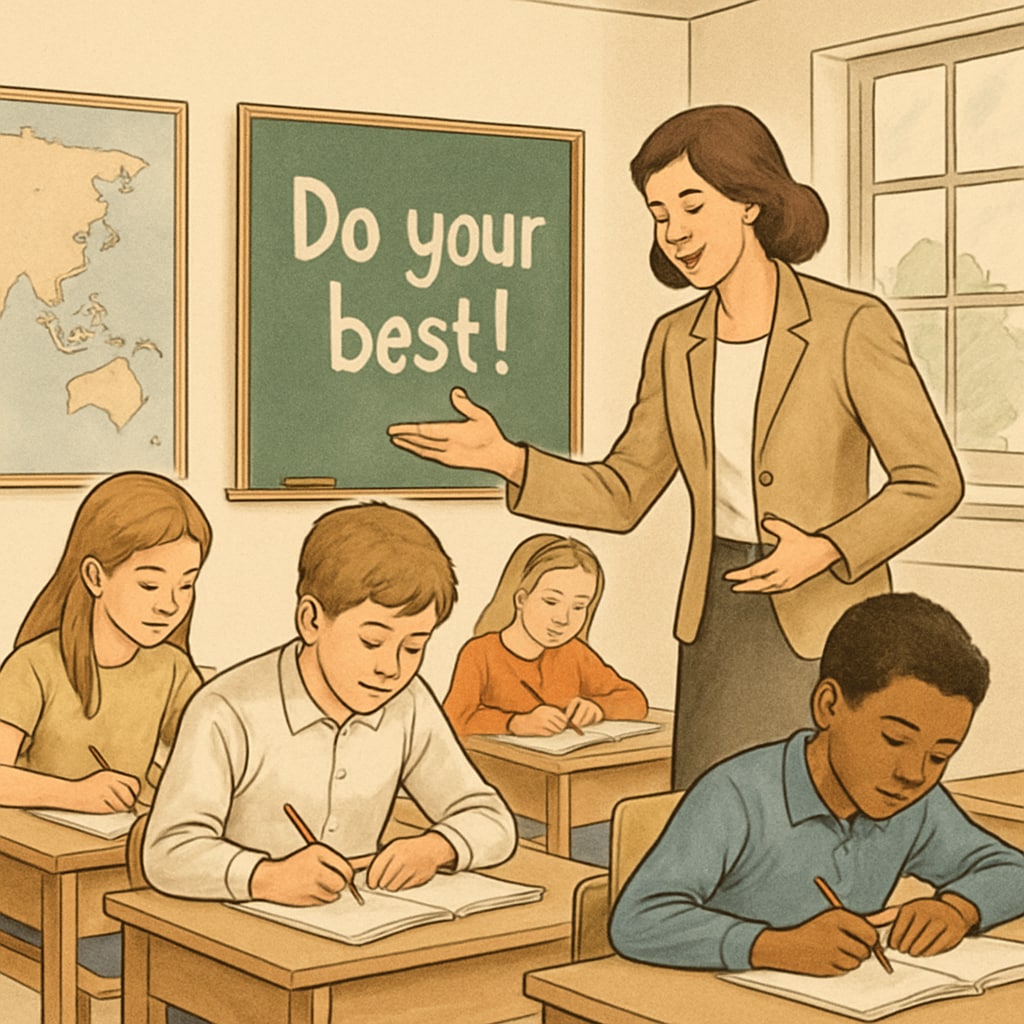Education often involves a delicate balance between pushing students to achieve their fullest potential and respecting their personal limits. This ethical dilemma, defined by strict education methods and the need for care, is vividly captured in the movie Whiplash. The film portrays a teacher-student dynamic where rigorous expectations cross into psychological and emotional strain. In real-world K12 education, this tension raises critical questions: How can educators drive excellence without compromising students’ mental and emotional well-being? And where should the line be drawn between discipline and compassion?
Why Strict Methods Can Be Effective
Strict teaching methods are often justified by their ability to foster discipline, resilience, and exceptional performance. For example, high expectations can motivate students to push through challenges and discover their untapped potential. Many successful individuals attribute their achievements to mentors who set rigorous standards and refused to accept mediocrity.
In Whiplash, the teacher uses extreme measures to push the student to become one of the best drummers of his generation. While this approach led to remarkable technical mastery, it also brought emotional turmoil and physical exhaustion. This example highlights the double-edged nature of strict methods: they can inspire greatness but may also risk harm.

The Ethical Cost of Pushing Limits
While strict methods can be effective, they often come at an ethical cost. Pushing students beyond their limits can lead to stress, burnout, or even long-term psychological damage. Research from the American Psychological Association (APA study on student stress) shows that excessive pressure in academic environments correlates with increased anxiety and depression among students.
Educators must consider whether the pursuit of excellence is worth the potential harm. For example, in K12 settings, students are still developing emotionally and physically. Overly strict methods may hinder their growth rather than support it. Therefore, striking a balance between high expectations and genuine care becomes essential.

Finding a Balance Between Discipline and Compassion
An effective educational approach combines discipline with empathy. Teachers can set high standards while still creating a supportive environment where students feel valued and understood. Strategies include:
- Offering constructive feedback instead of harsh criticism.
- Recognizing individual differences in students’ capacities and limits.
- Encouraging open communication about challenges and emotional struggles.
- Promoting a growth mindset rather than a fear-based approach to learning.
For instance, Finland’s education system is often praised for its balance between academic rigor and student well-being (Education in Finland on Britannica). Teachers focus on cultivating curiosity and intrinsic motivation rather than relying on strict external pressures. This approach has proven to be highly successful in both academic outcomes and student satisfaction.
Lessons from “Whiplash” for Real-World Education
The movie Whiplash serves as a cautionary tale for educators. While the teacher’s strict methods produced extraordinary results, they also left a trail of emotional damage. Educators in K12 settings can learn from this by asking themselves: Are my methods empowering students or pushing them to unhealthy extremes? By reflecting on their practices, teachers can ensure they are fostering growth without compromising well-being.
Ultimately, the goal of education should be to help students excel while protecting their hearts and minds. Strict methods can be a tool for success, but they must be wielded with care and ethical consideration.
Readability guidance: Use short paragraphs and clear headings to enhance readability. Balance academic insights with relatable examples. Avoid excessive jargon and focus on practical strategies for educators.


